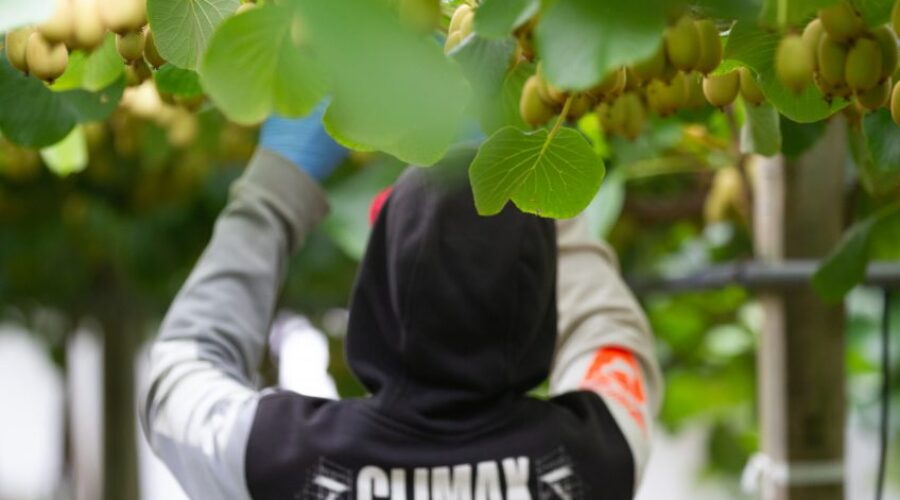A Seedling from the East: The Humble Beginnings
The story of New Zealand’s kiwifruit industry doesn’t begin in the fertile volcanic soils of the Bay of Plenty, but in the distant lands of China. In 1904, a school headmistress named Isabel Fraser brought kiwifruit seeds back from her travels in China to New Zealand. At the time, the fruit was known as the “Chinese gooseberry” due to its similar flavour profile.
The first plantings took place in Whanganui, but it was in the Bay of Plenty where the fruit truly found its home. Early commercial orchards were established in Te Puke, thanks to its ideal climate and rich soil. One of the pioneers, Jim MacLoughlin, is often cited as the “father” of the industry. In 1937, he planted a half-acre of Chinese gooseberries on his Te Puke orchard after being inspired by a neighbour’s success.
The Golden Age: From Chinese Gooseberry to Kiwifruit
For many years, the Chinese gooseberry was a niche crop. However, a major turning point came in the 1950s when New Zealand began exporting the fruit. It was during this period that a marketing problem arose: the name “Chinese gooseberry” was not appealing to the American market, especially during the Cold War. In a moment of marketing genius, a produce company proposed a new name: “kiwifruit,” a nod to New Zealand’s native bird and national symbol. The name was adopted in 1959 and quickly became the industry standard. You can learn more about this marketing journey from Zespri’s own history page: Zespri History.
The 1970s marked a boom period. The industry expanded rapidly, and growers in Te Puke and the surrounding Bay of Plenty region led the way. The town became so synonymous with the fruit that it earned the title “Kiwifruit Capital of the World.”
Triumph and Tribulation: Overcoming Challenges
The success wasn’t without its challenges. In the late 1980s, overproduction and new competition from other countries caused a dramatic crash in prices. Many growers faced financial ruin. This crisis, however, prompted a crucial change. The industry came together and, in 1988, established the New Zealand Kiwifruit Marketing Board, now known as Zespri. The move to a single point of entry for exports helped stabilize prices and ensure high quality. This strategic foresight is a key reason for the industry’s continued success. You can read more about this on the NZKGI website.
The industry has also faced horticultural challenges, such as the Psa bacterium in the 2010s, which devastated many orchards. However, through innovation and the introduction of new, more resilient varieties like the golden kiwifruit, the industry bounced back stronger than ever.
Looking Ahead: The Legacy of Te Puke
Today, Te Puke remains the heart of New Zealand’s kiwifruit industry. It is a vibrant hub of research and development, from breeding new varieties to improving harvesting techniques. The legacy of the early pioneers—people like Jim MacLoughlin and the Hayward family who developed the now-famous Hayward cultivar—lives on in every kiwifruit enjoyed around the world.
For a deeper dive into the overall history of the kiwifruit industry in New Zealand, the Te Ara Encyclopedia of New Zealand is an excellent resource. You can also explore the stories of individual growers and the industry’s evolution on the NZ History website. The kiwifruit story is a testament to the innovation and resilience of the people of Te Puke, who turned a small, unassuming berry into a global phenomenon.



